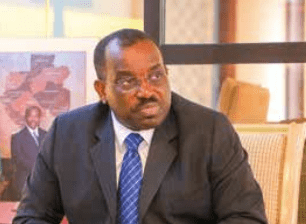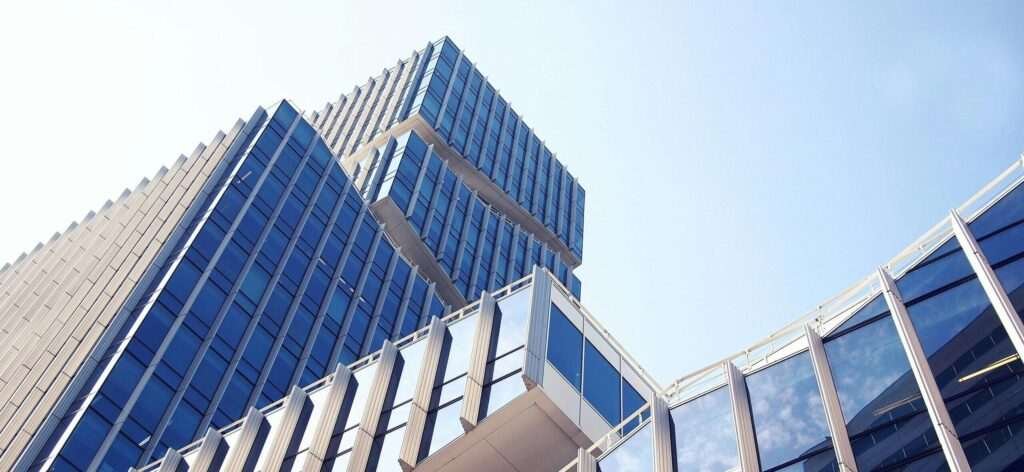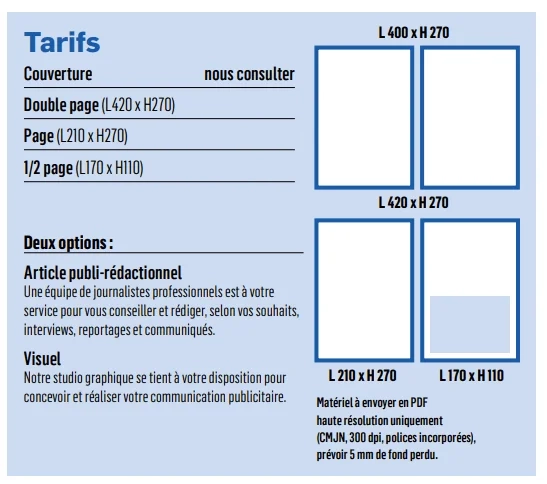
Interview with Vincent de Paul Massassa, Minister of Oil and Gas. This leading expert, a mining engineer from the New Mexico Institute of Mining and Technology in the United States, is expected to successfully develop Gabon's gas potential, with forecasts for rising oil revenues in 2022.
What are the objectives assigned to the hydrocarbon sector by the Transformation Acceleration Plan (PAT)?
The Ministry of Hydrocarbons in Gabon aims to translate the hydrocarbon policy enacted by the Head of State and the entire government into both an overall plan and the specific plan of the Transformation Acceleration Plan (PAT). For us, this involves first disseminating our elements of the law governing the sector and all regulatory texts, then exchanging with potential partners so that the Gabonese sedimentary basin is covered. We must do everything possible to ensure that existing operators remain and that others arrive. All this with a view to better covering existing areas both onshore and offshore, and now in the deep offshore. In this plan, we must ensure that exploitation efforts are maintained and that discovered hydrocarbons are produced. The effort to renew reserves is essential. It should also be noted that gas is now considered a resource in its own right in Gabon. Initially, we were looking for liquid hydrocarbons, not gaseous ones. Any discovery of gas was therefore accidental and did not require in-depth studies. However, as part of the PAT, a Gas Strategy Taskforce was set up whose main objective is
the development of our gas potential. To bring Gabon to become self-sufficient or even an exporter of liquefied natural gas (LNG) or petroleum gas
liquefied petroleum gas (LPG), we need to drill, produce and have structures for processing (factories, storage or bottling environments). We are working on it
with our partner Perenco. An LPG production plant is under construction in Batanga, a town located 70 km from the economic capital Port-Gentil, and will produce
15,000 tonnes of butane gas per year from the second half of 2023. This production will have to increase substantially with the project to build the LNG plant at Cap Lopez, in Port-Gentil, the start-up of which in 2026 will boost LPG production to 45,000 tonnes per year, thus covering our needs and making Gabon an LNG and LPG exporting country.
Can you tell us about the memorandum of understanding for the construction of a sub-regional pipeline?
Let us first clarify that everything we do today in terms of investment is based on the economic profitability of each project. We must look at the
market. Today, Gabon has 1.2 million inhabitants. We have significant hydrocarbon potential and we know that, in the sub-region, there are more populated countries with immense energy needs. These are therefore potential markets for us. We intend, in addition to the local market, to be present on the sub-regional or even regional market. However, traditional means of transporting hydrocarbons, railways, roads, carry a lot of risks. Although the
Although the pipeline project is expensive, it is the surest way to ensure better energy cooperation in the Central African sub-region and even beyond. This is
create a cluster with several countries that will share the costs, if necessary. The profitability of such a project is certainly guaranteed given the potential of some and the immense markets represented by others.
What is your roadmap for the transition to clean energy?
The PAT is the ideal roadmap towards this transition. We had remained on a
fuel oil usage pattern, the most polluting in the hydrocarbon chain. We
We now ensure that we stand out from the most polluting products thanks to the
gas production. Climate change is also a consequence of greenhouse gases. Burning and flaring were therefore an accelerating factor in climate change.
President Ali Bongo Ondimba is among the fervent defenders of our planet on the international scene. You can already understand that Gabon is well and truly on the energy transition journey. The Head of State has therefore given instructions to completely stop gas flaring. However, we must ensure that we remain in oil production, and this is where the PAT ensures that the flared gas is recompressed to be monetized with the Gas to Power destination, for the production of electricity, which we already do in Port-Gentil, Cap Lopez, and Libreville. These gases are also used in the production of LPG. It goes without saying that this development of our gas potential allows us to be part of the energy transition with less polluting energies, with natural gas polluting 30% less than fuel oil.
Does Law No. 002 of July 16, 2019 regulating the hydrocarbon sector in Gabon offer any facilities to investors?
Not only the legal framework, but also the technical framework is favorable. Previously, we had two types of contracts: either an agreement or an operating and production sharing contract (CEPP). This new oil law introduced new contractual frameworks. We do not want to be limited to signing only agreements or production sharing contracts. The entire range of intermediate contracts is now offered to operators. There are also technical assessments in the form of contracts to study feasibility.
We are looking at both taxation and parafiscality, recovery levels for new entrants, production sharing costs, etc. Everything is debatable depending on the difficulty and the effort made by the operators. We have great flexibility, which makes us attractive. Pioneers are luckier because they are the ones taking the risk and will be our walking companions for win-win partnerships. Great things remain to be accomplished. In Brazil,
deposits have been discovered at depths of more than 2,000 meters. However, what separates us geologically is the great Atlantic fault, with the consequence that what is opposite us to the West has repercussions in our East. We are therefore hopeful that this will also be the case in Gabon. We are therefore giving operators the chance to be pioneers, particularly in ultra-deep offshore, with a law of flexibility that makes it one of the most attractive on the continent.


















 A Seat That Transforms into a Bed
A Seat That Transforms into a Bed  In the world of air travel, economy class is often considered the most affordable option. However, at Air Afrika, we believe that affordability shouldn't mean compromising on quality of service. Our class
In the world of air travel, economy class is often considered the most affordable option. However, at Air Afrika, we believe that affordability shouldn't mean compromising on quality of service. Our class







